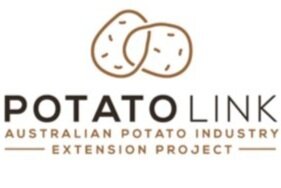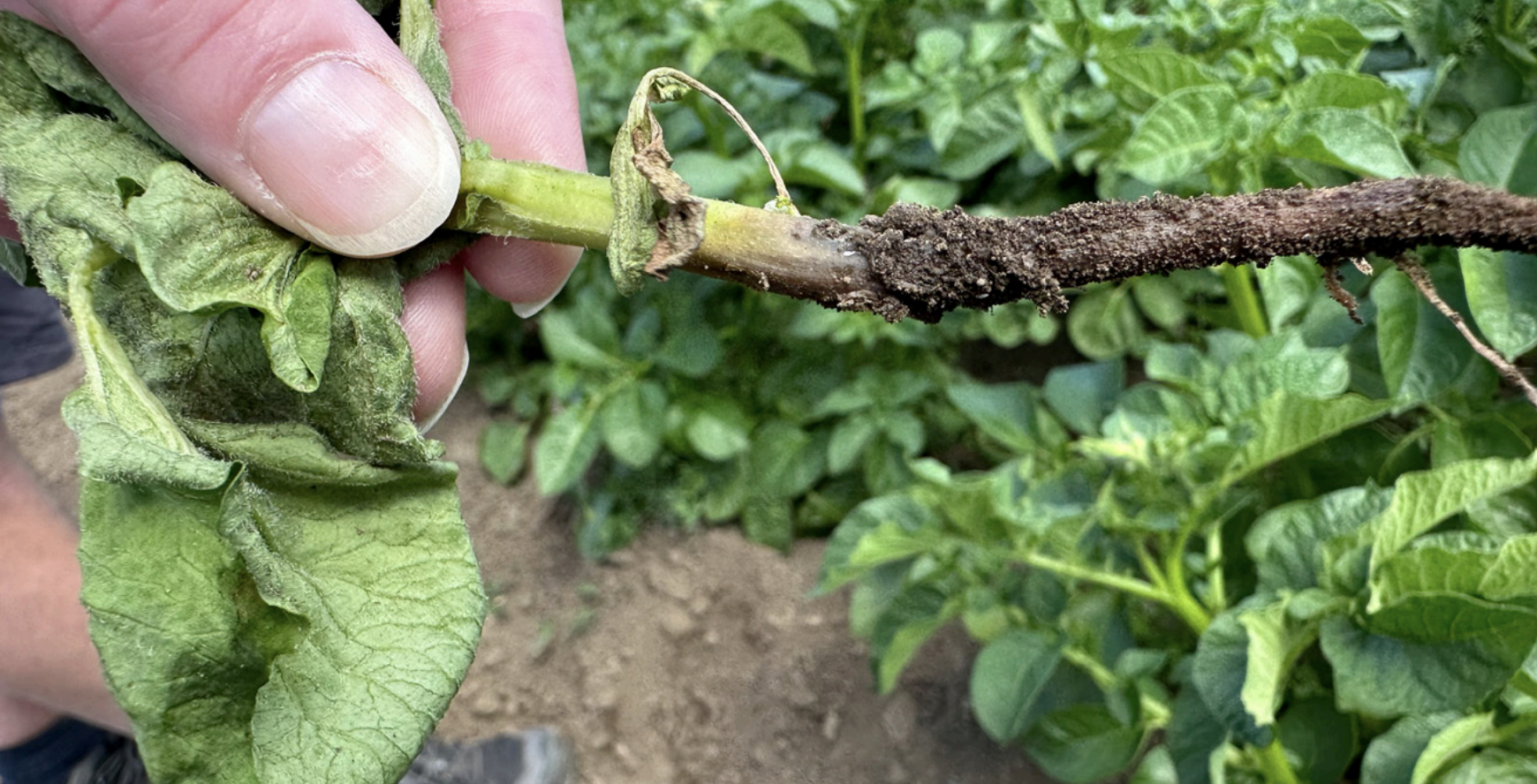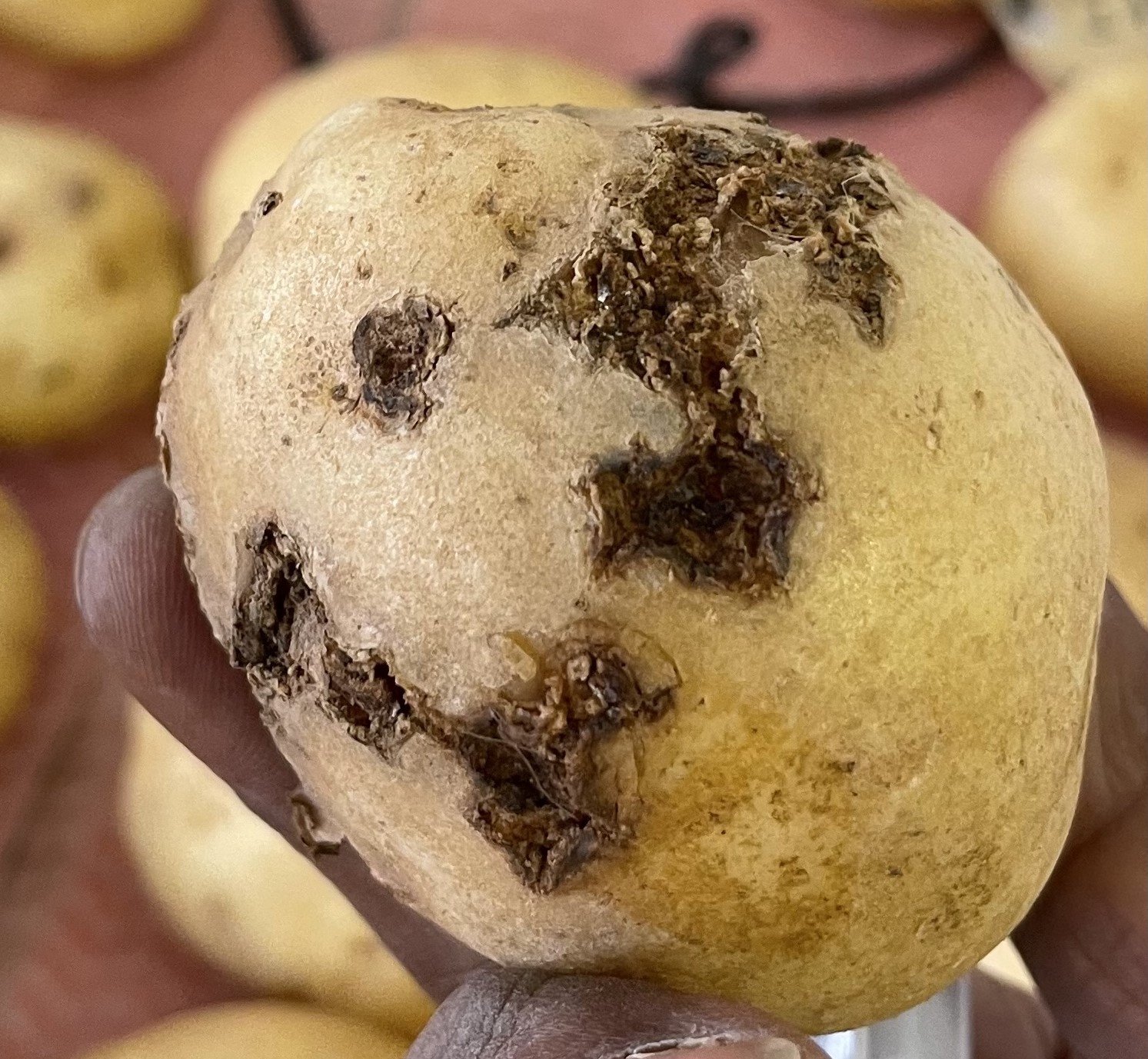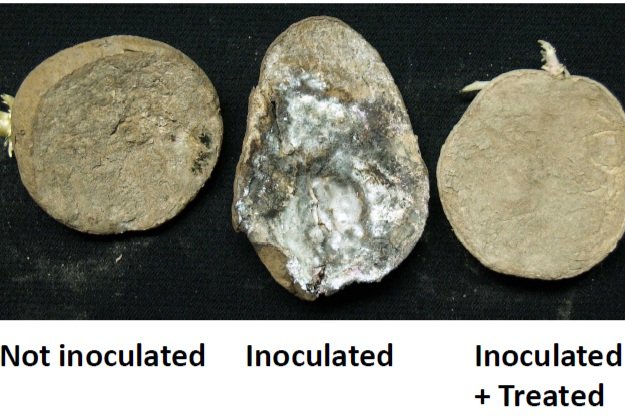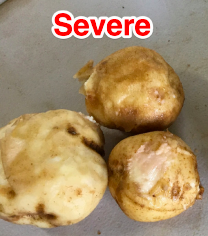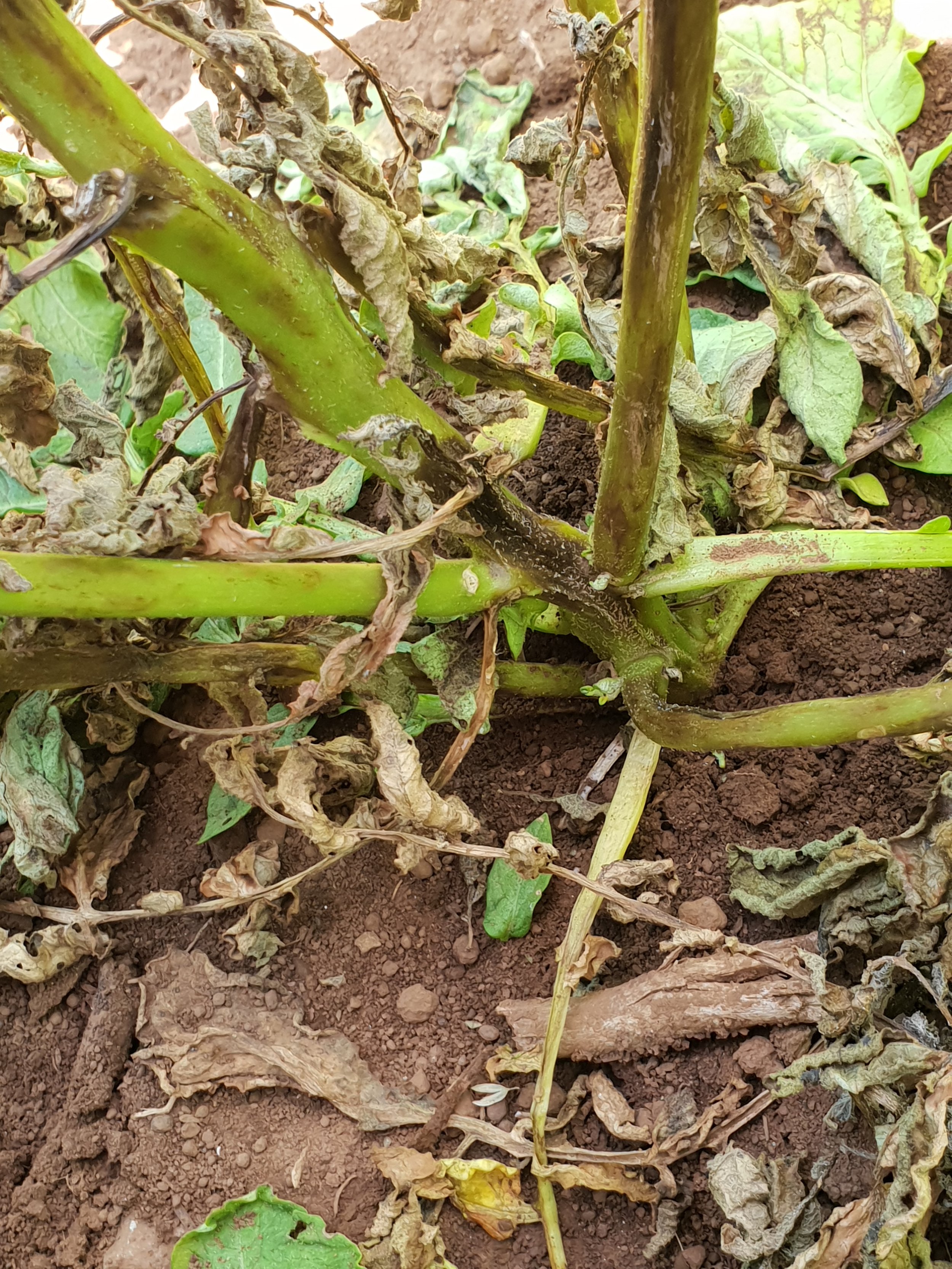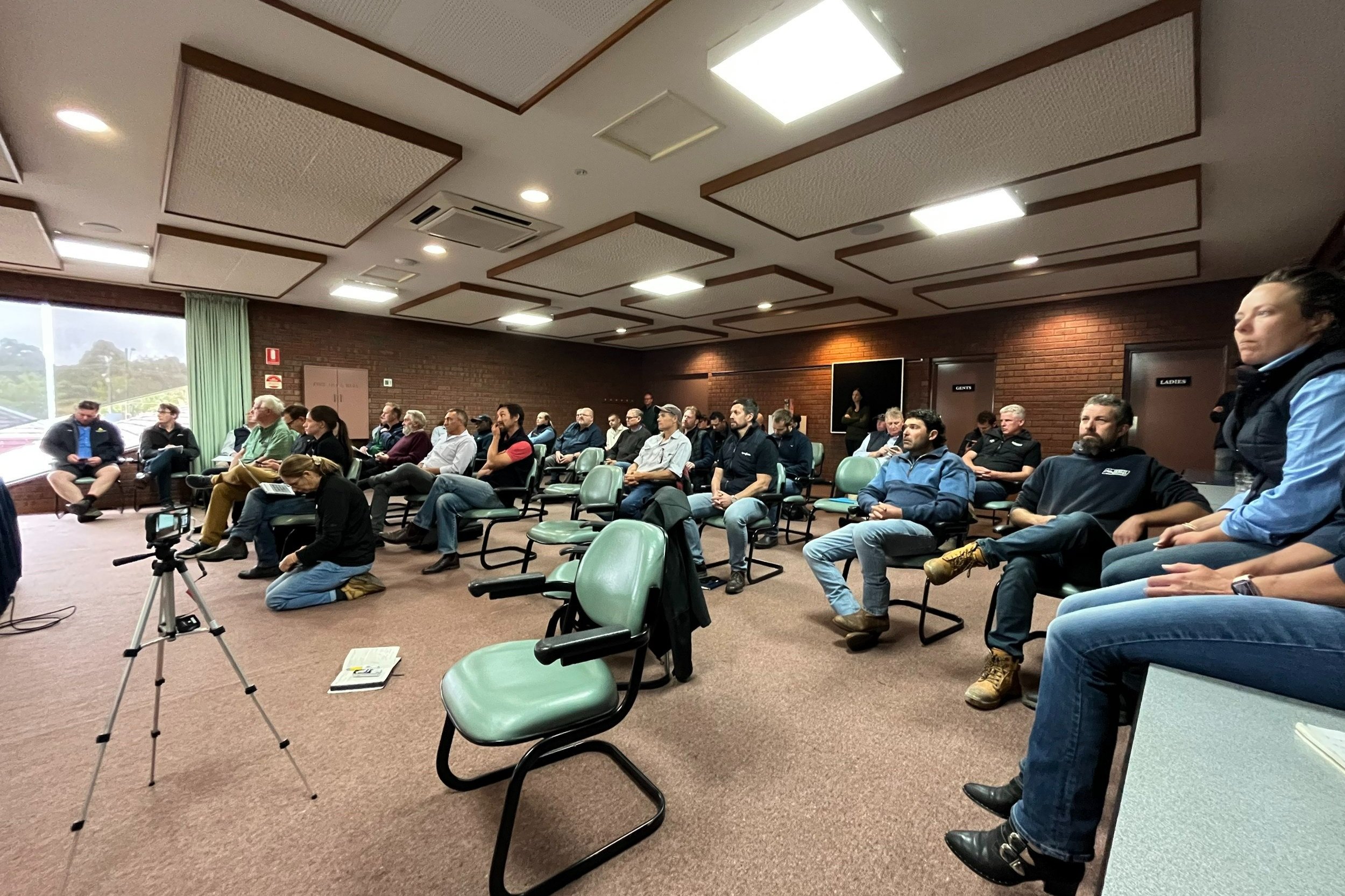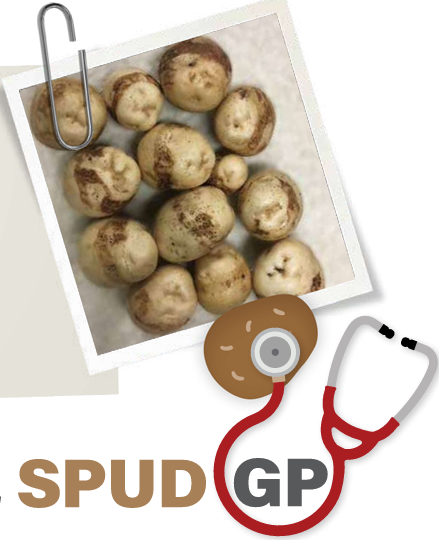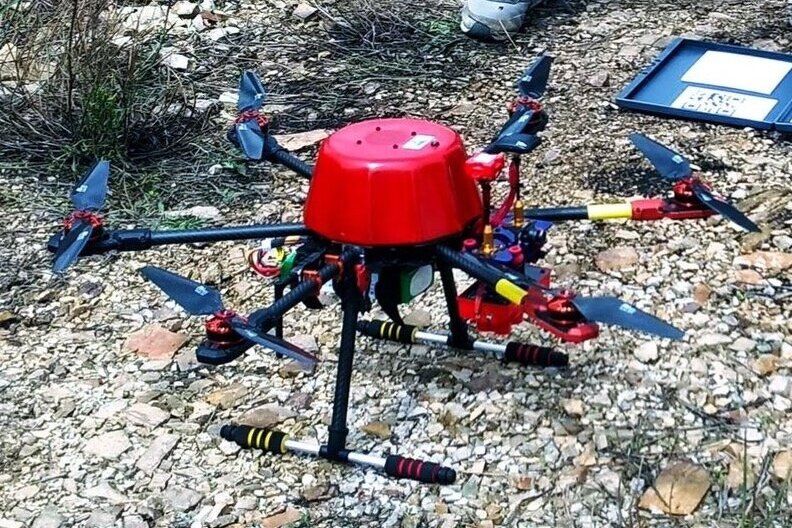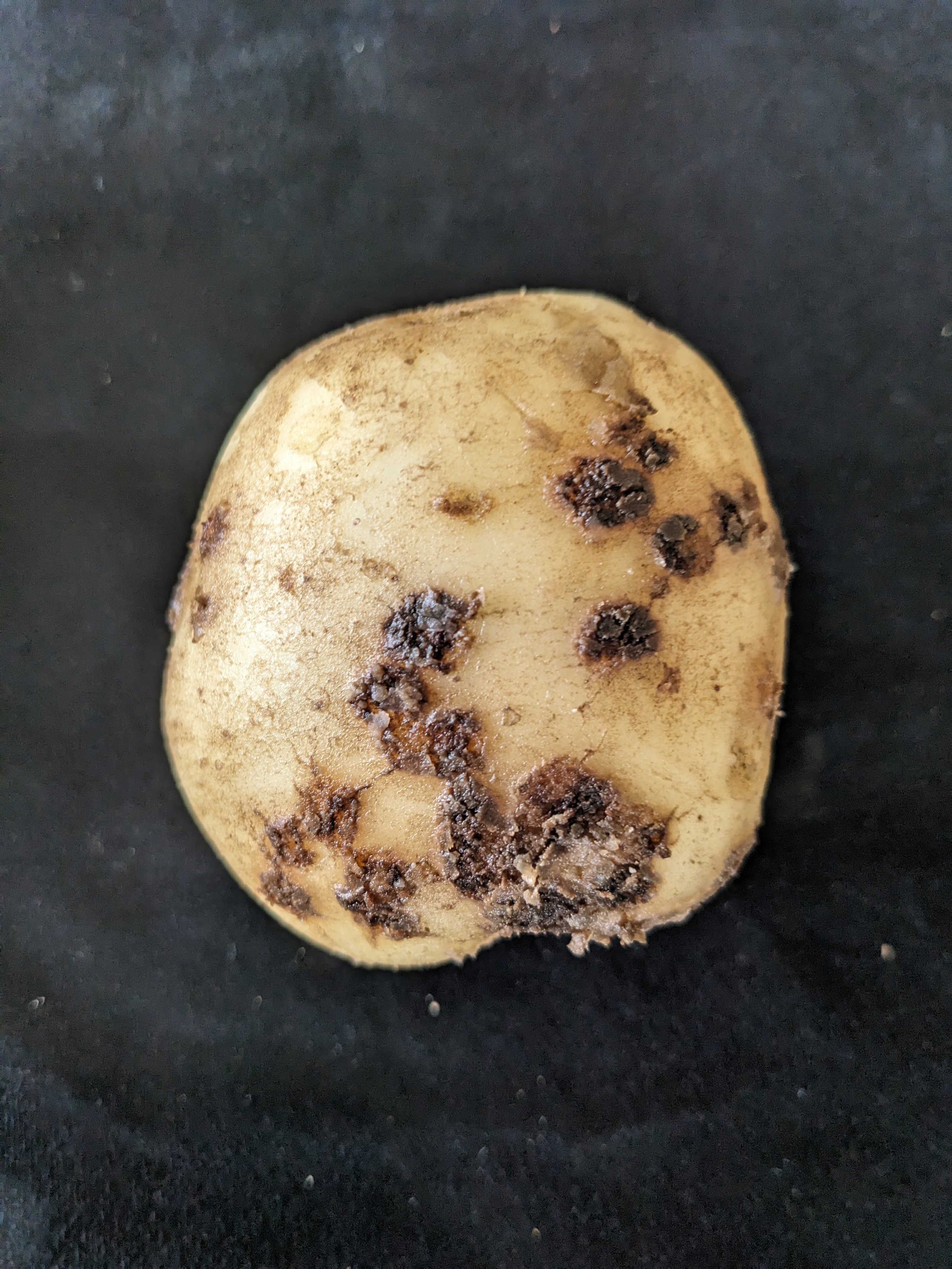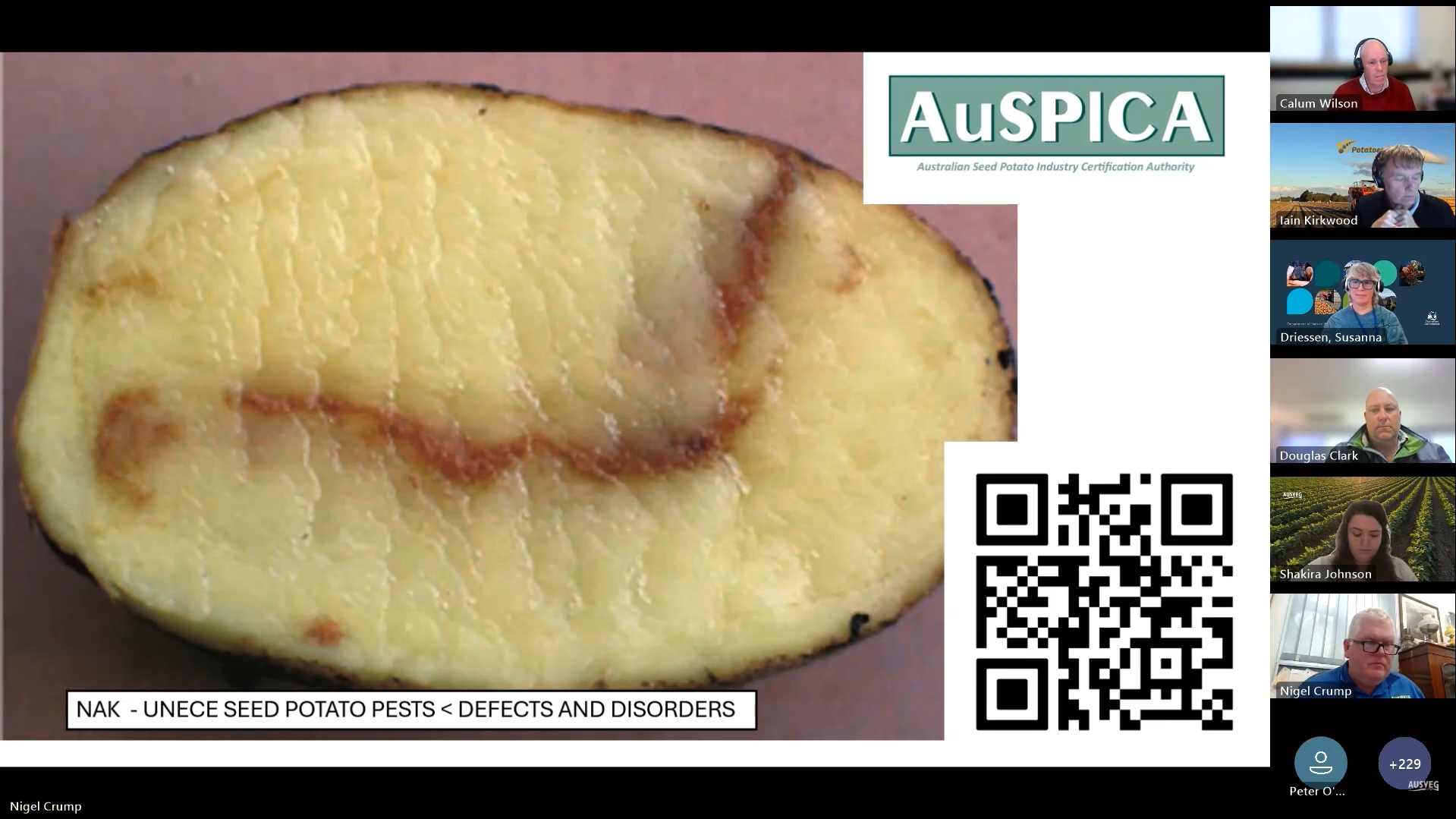
Learn how to identify disease through diagnostics
Knowing what disease you are dealing with is the first step to managing it. Read this fact sheet to learn about the important things to look for, when the best time for testing is, and where to send it.
Bacterial
A WA study used DNA-based tools to track powdery scab, black dot, and common scab. The findings highlight both the value and limits of soil testing in managing the impact of disease on tuber quality and yield. Read more in Issue 16 of PotatoLink magazine.
Knowing what disease you are dealing with is the first step to managing it. This fact sheet discusses what the important things are to look for, when the best time for testing is, and where to send it.
Just like us, plants have evolved sophisticated mechanisms to defend themselves against pests and pathogens. One of the most intriguing strategies is 'Induced Systemic Resistance' (ISR). Specific microbes or environmental triggers can activate the plant defences, improving its ability to ward off attack or cope with stress. And we can help that happen. Read the full article in Issue 13 of PotatoLink magazine.
When the potatoes have been harvested, graded and put into storage a great weight has been lifted. The spuds aren’t going to be stuck in the ground due to late season rain. Grubs and bugs aren’t going to start affecting the tubers, and it looks like most of the disease issues have been avoided. They’re safe. Except there is another consideration, and that is storage diseases, discussed in this PotatoLink magazine article.
Blackleg is a bacterial infection of potato tubers and stems. While the disease is not widespread in Australia, new causal organisms have been identified over the past few years, warranting industry awareness.
This webinar on tomato potato psyllid (TPP) and zebra chip was delivered by Dr Melinda Moir, senior laboratory scientist in entomology at the Department of Primary Industries and Regional Development (DPIRD), and John Jackson, director of Potatoes New Zealand.
In this webinar, Dr Len Tesoriero gave an overview of the symptoms and causes, disease occurrence and spread and the biology of the bacterial causal pathogens. Followed by Dr Nigel Crump who discussed management biosecurity and seed certification.
Dr Phillip Wharton from Idaho University delivered this webinar on rot diseases in potatoes including Pink Rot, Leak (Pythium), Dry Rot and Soft Rot. It looked at the biology of the pathogens, symptoms and management options.
Watch this panel discussion and the last soil biology masterclass with potato growers across Australia and see many of your questions answered.
In this second soil biology masterclass, Dr. Calum Wilson explains about the good, the bad and ugly ones in the soil and how they interact, and what you can do to keep them in balance to protect your potato crop.
In this PotatoLink Disease Webinar Series No 1, research scientist, Dr Tonya Wiechel, provided an overview of a 10-year integrated disease management program showcasing the team’s investigations into common scab.
Management of rots, both in the field and postharvest, is an ongoing challenge for potato producers. The issue is usually managed by minimising the time interval between harvesting and processing of potatoes. Read the report by Soil Wealth Integrated Crop Protection for more information.
Blackleg on potato can be caused by either Pectobacterium or Dickeya species, and they often work together in different combinations to cause this disease. Blackleg can result in stem decay, severe seed decay and sometimes lack of plant emergence in severe cases. This Hort Innovation and RM Consulting Group (RMCG) factsheet provides information on managing blackleg in potato crops.
Management of rots, both in the field and post-harvest, is an ongoing challenge for potato producers. Agronomists Marc Hinderager and Dr Pieter Van Nieuwenhuyse discuss a trial that was set up to explore the effect of sanitisers and/or drying on the development of post-harvest bacterial soft rot in potatoes.
This Monitoring Psyllids and Psyllid Predators in Australian Potato Crops report by Tasmanian Institute of Agriculture (TIA) and Hort Innovation covers the different psyllid populations found and the levels of psyllid predators present.
This 2018 report looks at the available literature and information regarding species present in Australia. It also investigates the accessibility of accurate diagnostic tests.
This 2004 report goes into the detection of potato cyst nematodes (Globodera rostochiensis) through DNA analysis. It also delves into different diagnostic tools that can be used to determine the presence of bacterial wilt (brown rot caused by Ralstonia solanacearum).
This 2003 report found the most common cause of decay was identified as bacterial soft rot (Erwinia carotivora). Calcium fertiliser levels and tuber calcium content was explored in this report alongside the importance of sourcing clean certified seed.
This 2003 paper by SA Research &Development Institute delves into the postharvest washing of potatoes to find where bacterial soft rot originates and where it develops. The report suggests some ways in which soft rot causing bacteria can be controlled in this process.
Fungal
A WA study used DNA-based tools to track powdery scab, black dot, and common scab. The findings highlight both the value and limits of soil testing in managing the impact of disease on tuber quality and yield. Read more in Issue 16 of PotatoLink magazine.
Can extra nitrogen protect potatoes from early blight? The Spud GP article from Issue 16 of PotatoLink magazine answers a grower’s question, sharing the latest research on when and how to apply nitrogen for the best disease resistance.
When the potatoes have been harvested, graded and put into storage a great weight has been lifted. The spuds aren’t going to be stuck in the ground due to late season rain. Grubs and bugs aren’t going to start affecting the tubers, and it looks like most of the disease issues have been avoided. They’re safe. Except there is another consideration, and that is storage diseases, discussed in this PotatoLink magazine article.
During the Australian summer, potatoes are susceptible to various pests and diseases that can thrive in the warm and humid conditions. Get the mini guide in this PotatoLink Magazine article.
On the 2nd of February 2023, PotatoLink hosted a workshop In Ballarat. Weeds, disease, seed and storage were all covered in these presentations.
Powdery scab is a devastating pathogen affecting potato growers of Australia causing annual losses estimated to top $13.4 million annually. In issue 07 of PotatoLink magazine, Prof Calum Wilson from Tasmanian Institute of Agriculture reports on his 3-year project — Mechanisms and manipulation or resistance to powdery scab in potato roots.
This webinar, delivered by Dr Robert Tegg from the Tasmanian Institute of Agriculture, at The University of Tasmania, focused on pink rot of potatoes. Dr Tegg provided an overview of the pathogen causing pink rot, highlighted the characteristics most favourable for the disease and its symptoms in potatoes.
Rhizoctonia Solani is a fungal pathogen comprised of many species and strains that can cause diseases in vegetable crops such as damping off, root and stem rots, and sometimes leaf blighting or leaf spots. This Soil Wealth & Integrated Crop Protection factsheet outlines the how the pathogen survives, spreads and infects plants.
Dr Phillip Wharton from Idaho University delivered this webinar on rot diseases in potatoes including Pink Rot, Leak (Pythium), Dry Rot and Soft Rot. It looked at the biology of the pathogens, symptoms and management options.
Late Blight, also known as Irish Blight is caused by the fungal-like organism Phytophthora infestans, which can exist as two mating types, A1 and A2, each with numerous strains that have developed over time. Learn more about the disease, conditions conducive to its spread and management options.
Join the PotatoLink team and guest speakers, Steven Johnson, Crop Specialist and Extension Professor from the University of Maine USA, and Rudolf de Boer, Senior Research Scientist at Agriculture Victoria, for the next webinar in the disease series - Late blight (Phytophthora infestans).
Developed by SARDI (South Australian Research and Development Institute), PREDICTA Pt is a commercial DNA testing service that can identify which pathogens are in the soil or skin of seed tubers.
In Issue 05 of PotatoLink magazine, Ryan Hall and Jenny Ekman from the PotatoLink team report on PREDICTA Pt including a 5-year case study describing its use in monitoring powdery scab and rhizoctonia on a commercial farm.
In Issue 05 of PotatoLink magazine, the Spud GP answers the question: Why are some of my spuds looking pretty ugly? As well as a comprehensive response, preventative strategies for the future are also offered.
Join the PotatoLink webinar on Black dot (Colletotrichum coccodes) presented by Dr Julie Pasche, associate professor from North Dakota State University and plant pathologist Len Tesoriero from the NSW Department of Primary Industries.
In this PotatoLink Disease Webinar series No. 2, join Jacquie van der Waals, Associate Professor, Department of Plant and Soil Sciences, University of Pretoria South Africa as she discusses symptoms, epidemiology & management of Early Blight & Brown Spot.
Black dot is a fungal disease caused by Colletotrichum coccodes. Once considered a minor pathogen, recently there have been significant yield losses and reduced quality. Read this factsheet to know what to look for, how it spreads, and what you can do about it.
Albert Schirring covers the role of biologicals in soil health and the opportunities in enhancing crop productivity in potatoes.
Pink rot is an important soil-borne disease caused by Phytophthora erythroseptica. It can cause rots at all parts of the growing cycle. Read this factsheet to know what to look for, how it spreads, and what you can do about it.
In this online session, with a NSW focus, experienced phytopathologist Len Tesoriero will give a short presentation on early blight and other Alternaria diseases followed by a discussion with Len, Marc Hinderager and Peter O’Brien to answer questions (Q&A).
Catch up on Day 2 of the Australian Potato R&D Forum 2021, which focused on soil health and disease management.
This research summary describes work assessing late blight of potatoes using spectral imagery collected by a drone.
The diseases caused by Spongospora subterranea (tuber powdery scab and root hyperplasia) can cause significant yield and quality loss. Not all soils are equally susceptible to this disease. This 2020 report determined factors that resulted in Spongospora suppressive soils in New Zealand.
This guide produced by RMCG in 2020 was based on current knowledge on management of powdery scab, highlighting key factors that affect the risks of this disease and opportunities for effective disease management.
Powdery Scab, caused by Spongospora subterranea, is a costly blemish disease. This 2018 report delves into novel detection and mitigation strategies. Both greenhouse and field trials were undertaken. This report has provided a great source of knowledge for the ongoing battle with Spongospora.
Want to regain control over chemical-resistant pests? Aiming to reduce costs while meeting quality assurance requirements? This factsheet covers the management of soilborne diseases,.
This 2001 report was the first study into the influence of crop rotations on disease and yields in the Australian potato industry. The report found that while there were some significant advantages to crop rotations there were still some disease issues that persisted.
Viral
During the Australian summer, potatoes are susceptible to various pests and diseases that can thrive in the warm and humid conditions. Get the mini guide in this PotatoLink Magazine article.
Australian Seed Potato Industry Certification Authority (AuSPICA) has introduced an innovative solution to monitor insect vectors in potato crops. Passive suction traps installed in the field take samples of potential virus vectors, which are then sent to Intertek laboratories for rapid DNA analysis. The data developed builds information on the presence of potato virus vectors during the growing season and in the long term, builds trends on vector populations in potato growing regions.
Read the full story in Issue 10 of PotatoLink magazine.
PotatoLink held a research and development forum in Adelaide on 5 June 2023. The seven speakers covered a range of topics including diseases, irrigation, monitoring technology and more. Below are recordings of the presentations given on the day.
Keeping up to date with international pest and disease threats is important. This ongoing project conducted a scan of the most recent research and development on international potato pests, research previously conducted in Australia on these pests and some ‘ready to use’ resources.
Potato virus Y is a major issue for potato production in all Australian states and, indeed, worldwide. However, it exists as a complex of different strains. This summary talks about the latest identification of PVY found in Australia.
Tospoviruses cause large losses of product across the supply chain. Whilst some species such as Tomato spotted wilt virus (TSWV) are present in Australia, others are not and represent a significant biosecurity threat. This 2019 report compiles important DNA information that could be used with modern biotechnology to develop new and effective controls.
Potato spindle tuber viroid is a serious threat to the potato industry. This Hort Innovation report found that multiple hosts exist for the disease, including non-solanaceous species.
